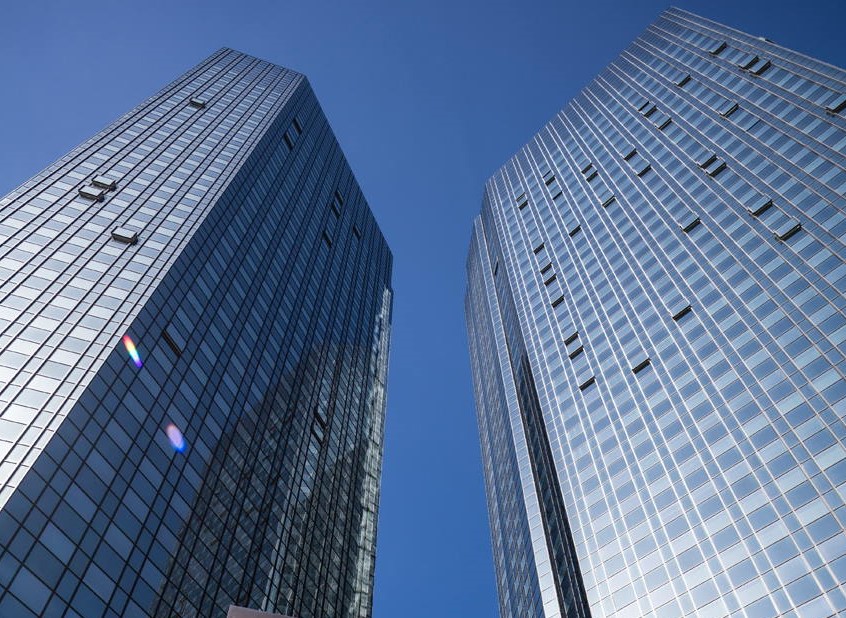Rolle im Portfolio
The iShares MSCI Brazil ETF provides exposure to many of the biggest and most liquid components of the Brazilian equity universe. Brazil has seen remarkable growth over the last several decades, and now ranks as the world’s sixth largest country by GDP. In turn, Brazilian equities have gone from fringe emerging market exposure to an increasingly important part of a globally balanced portfolio. The MSCI Brazil Index is broadly diversified by sector, but diversification at the company level is limited, with nearly 50% of the index within the top five firms. Returns from Brazilian equities have been erratic, exhibiting annual volatility of almost 25% since 1999, versus 15% for the MSCI World. An investment like this therefore requires a lengthy time horizon and a strong stomach to handle the swings. Its correlation to other equity exposures does suggest some benefit as a diversifier. In the same time period it has shown correlation to the local-currency returns of the S&P 500, the MSCI Europe, and the MSCI World Index of 66%, 67%, and 71%, respectively. Some of that benefit, however, has shrunk in recent years. The corresponding five-year correlations are 76%, 77%, and 80%. The fund pays out dividends from its underlying constituents on a quarterly basis, currently at an annual yield level of 2.57%. It may therefore suit an investor looking for income.
Fundamentale Analyse
A key driver of growth for the Brazilian economy is commodities. The country’s wealth of natural resources has made it a substantial beneficiary of the past decade’s trend towards higher commodity prices. A big part of that trend has been the rapid growth of China, with its seemingly insatiable appetite for raw materials, as well as Malthusian concerns about the world running out of non-renewable resources. The concern right now is that with China slowing down and other parts of the world in recession, the demand for raw materials could fall considerably. Further muddying the picture is the rapid pace of new natural gas discoveries throughout the world, particularly in the United States. Indeed, Brazil’s growth has slowed considerably in recent periods. For the 12 months through the third quarter of 2012, its GDP growth rate was just 0.9%, less than that of the United States. But things may have started to turn around: the HSBC Brazil Composite Output Index, which measures conditions in both the manufacturing and services sectors of the economy, was 53.0 in November, an eight-month high and up considerably from October’s reading of 50.7. A value above 50 indicates expansion. To spur economic growth, the central bank has been steadily lowering short-term interest rates, which have gone from 12.5% in mid-2011 to 7.25% in December 2012. In August the president Dilma Rousseff announced plans to privatize a portion of the country’s infrastructure, allowing private firms to bid on projects linked to toll roads, railways, ports and airports. This should help rein in a public sector whose wage bill, according to The Economist, more than doubled in nominal terms between 2003 and 2010. Through a combination of their preferred and common shares, oil giant Petroleo Brasileiro SA Petrobras (“Petrobras”) and Vale, a diversified mining company, make up the biggest chunks of the index. Together, the two firms had a total weighting of 27.8% at the end of December. According to Morningstar equity analysts, Petrobras common stock is trading at a 20.1% discount to its fair value estimate, and Vale at a 1.2% premium as of this writing. Long-term performance on Brazilian stocks, as measured by the local-currency returns on the MSCI Brazil Index, has been extremely robust. Over the past 10 years the index has produced an annualised gain of 19.05%, versus 6.09% for the MSCI World Index. It suffered bad losses during the financial crisis, but its peak-to-trough drawdown of 50.5% was not much worse than that for many of the more developed markets. After bottoming out at 4.4 in June 2009, the price-to-earnings ratio for the MSCI Brazil has rebounded to 10.7 at the end of December 2012. That puts it slightly below its five year average of 10.9.
Indexkonstruktion
The MSCI Brazil Index is a free float market capitalisation-weighted index currently consisting of 81 securities and covering approximately 85% of the Brazilian equity market. New entrants must pass minimum requirements for liquidity and length of trading history. It is reviewed quarterly, and rebalanced semi-annually with new size cut-offs calculated. The median market cap of the constituents is $2.5 billion. The index is broadly diversified by industry. As of the end of December 2012 the top sector weight was Financials at 27.2%, followed closely by Materials and Energy, which together made up another 36.4% of the index. There is a great deal of concentration within the top companies. Including both the common stock and preferred shares, oil company Petrobras makes up 14.1% of the total, and mining group Vale accounts for another 13.8%. The top five names in the index make up roughly half its total value. 58 of the 81 securities in the index have weights of less than 1%.
Fondskonstruktion
The fund uses physical replication to try to capture the performance of its benchmark, owning – to the extent possible and efficient – shares in the underlying constituents in the same weights as those of the index. In certain circumstances the fund may also use derivatives to achieve its objectives. The fund is Irish-domiciled and has the U.S. dollar as its base currency. As of writing it had assets of $871 million. Cash received as dividends from the underlying stocks is held by the fund until distributions are made to fund unitholders on a quarterly basis. This can create a cash drag on the portfolio, causing it to underperform its benchmark in rising markets, and outperform in declining markets. There was no indication the fund has engaged in securities lending activity.
Gebühren
The fund’s total expense ratio (TER) is 0.74%, which is higher than that of other ETFs offering similar exposure. Other costs potentially borne by the unitholder but not included in the total expense ratio include bid-ask spreads on the ETF, transaction costs on the infrequent occasions when the underlying holdings change, and brokerage fees when buy and sell orders are placed for ETF shares.
Alternativen
For exposure to Brazilian equities there are a number of choices, including Source MSCI Brazil ETF, Amundi ETF MSCI Brazil, Lyxor ETF Brazil (Ibovespa), CS ETF (IE) on MSCI Brazil, HSBC MSCI Brazil, and db x-trackers MSCI Brazil TRN Index. Of these, the iShares fund is the largest, followed closely by the Lyxor fund. The Amundi fund has the lowest TER, at 0.55%.
Die in diesem Artikel enthaltenen Informationen dienen ausschließlich zu Bildungs- und Informationszwecken. Sie sind weder als Aufforderung noch als Anreiz zum Kauf oder Verkauf eines Wertpapiers oder Finanzinstruments zu verstehen. Die in diesem Artikel enthaltenen Informationen sollten nicht als alleinige Quelle für Anlageentscheidungen verwendet werden.

















